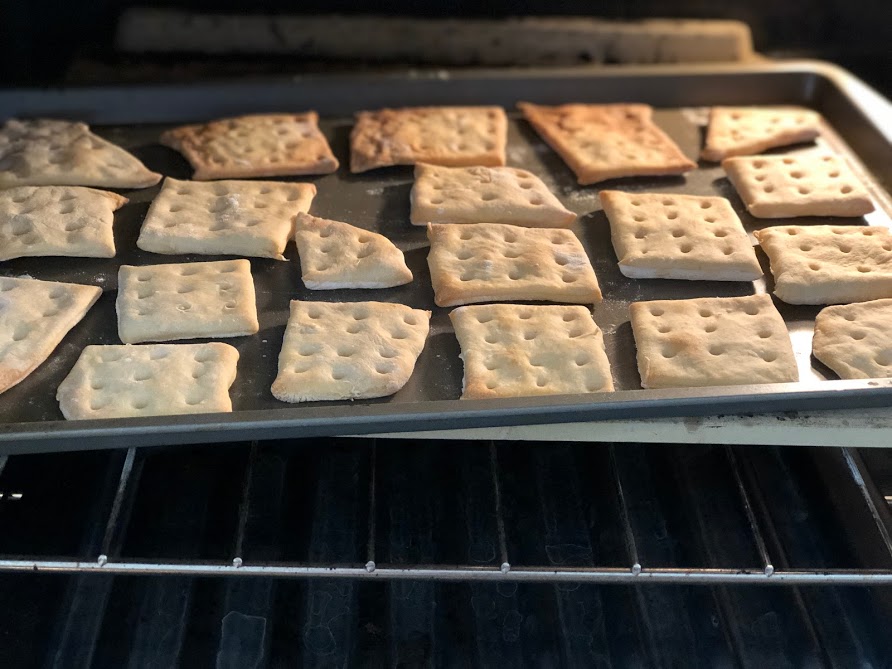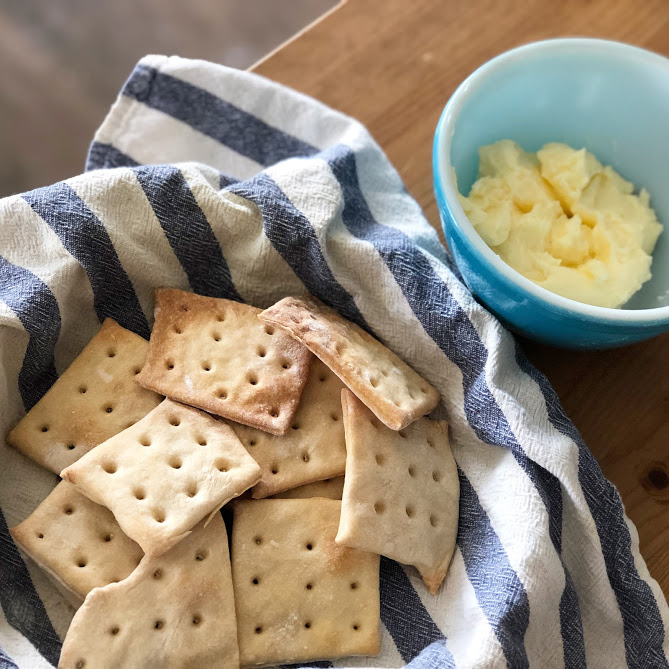Today, we learned about Matilda Allison.
Matilda was born in Chester, Ohio, as the sixth of seven children. Her sister, Rachel, was baptized, 1840, into the Church of Jesus Christ of Latter-day Saints. Matilda followed by being baptized on August 19, 1841.
In 1845, she married Duncan Spears Casper in Nauvoo. They were endowed in the Nauvoo Temple just before the Saints were forced to leave their beautiful city. Following expulsion from Nauvoo, the Caspers moved to Platte County, Missouri, and lived there for five years. In 1855, Duncan, Matilda, their children, and other relatives came to Salt Lake Valley with the John Hindley Wagon Company. They arrived on September 3, 1855. They moved to Big Cottonwood, where they made their home.
Duncan was called to the “Muddy Mission.” Matilda did not accompany him. This mission was dissolved in 1871, and he returned to them in Big Cottonwood. Matilda had to see to the care of her family during the period of time he was away.
Harriet, Matilda’s daughter, remembers that she was a very hard worker and would reel and spin while the family slept. Harriet would stay up into the late night hours, helping her.
Matilda loved the gospel and contributed regularly to the Relief Society. Her donations to the Relief Society included eggs, butter, quilt blocks, a bushel of potatoes, and at one time, a quilt top.
We made butter in honor of Matilda’s Relief Society donations. To go with the butter, I thought about making bread, but decided to try out making Hardtack (or sea biscuits) instead since this is a food that the pioneers probably would have taken with them on their long journeys – both when crossing the ocean, and also when crossing the plains.
For many years, before canned food and refrigeration, one of the staple foods on ships was a simple, dense, hard survival bread called Hardtack. A survival biscuit made with three simple ingredients: flour, water, and salt.
Hardtack is a solid survival bread that held up well to rough transport and could be kept nearly indefinitely. Since it was both inexpensive and nearly indestructible, this hard biscuit often made up the majority of a sailor’s rations.
Hardtack lives up to its name. It is hard! … not hard to make. But hard to bite and chew. Often it has to be soaked in something in order to make it safe to chew.
It actually had pretty decent flavor. It was bland, but not bad. Chewing it was challenging though. 🙂 We just had to bite very carefully.
It is interesting and humbling to think of this being a common meal among the pioneers and other time periods.






